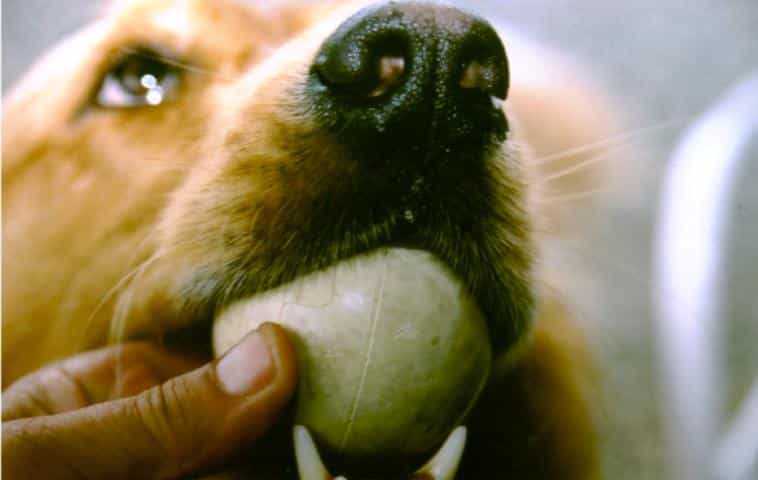Dogs make the best pets! They are adorable, fun, loving, and above all, reciprocate our feelings like no other animal. They keep you company day and night, miss you while you’re away and welcome you with so much love when you are back.
Who wouldn’t want to adopt a dog? These are probably the exact reasons why you brought home a dog too. But have you ever thought if the dog you purchased is suited to your lifestyle?
Many people just buy a dog because they like a particular breed or fell in love with a puppy at first sight. However, one should always adopt a dog considering one’s lifestyle. That’s because dogs have needs too. And if you won’t be able to fulfill them, your beloved pet could fall sick.

Of course, dogs don’t demand much. Apart from vet visits, good food, clean water and a cozy shelter, a dog only needs petting and exercise. While you may be petting your dog enough, it might not be getting adequate exercise.
Why Do Dogs Need Exercise?
Just as exercising is beneficial to humans, it is important to animals too. As animals generally don’t have much to do, they can easily gain weight. Exercising helps in maintaining body weight, and increasing bone strength and muscle tone. Dogs also love socializing. Playing active games with your dog or taking him on walks will create a better bond between the two of you.
Moreover, dogs are very active by nature. If you don’t play with your dog or engage him in activity, the pent up energy may lead to behavioral problems. Your dog may end up digging huge holes in your backyard or it may even chew through your favorite furniture.
Most dogs have a lifespan of 10- 15 years. As a dog grows old, one needs to take greater care of its health and needs. Exercising regularly will give your pet the strength it needs to endure the later years of its life easily.
How Much Exercise Does My Dog Need?
Every dog is an individual. Exercise needs vary depending on the age, weight and the breed of the dog. Younger dogs require more exercise than older ones and sporting
The amount of exercise your dog needs also depends on its temperament. As mentioned, if you find your dog behaving oddly, it could well be because it isn’t being exercised enough. For most dogs, a daily 20 minute walk is usually recommended.
Simply letting your dog out in the garden or backyard won’t be of much help. As dogs prefer human companionship, they are unlikely to exercise and run about on their own. Swimming is a great exercise for dogs that aren’t afraid of water and can swim.
How Do I Get My Dog to Exercise at Home?
If you are unable to go out much or dislike doing so, you can try many something at home. Dogs need their minds to be exercised as well. If possible, you can build a maze in a little space inside the house or backyard.
Other mind games would be hiding his favorite toy and making him look for it. You can also hide treats for him to find out by himself. You can hide a treat under his food bowl. Seeing him trying to upturn the bowl to get to the treat will amuse you.
If you have a backyard or a garden, you can play retrieving games with your dog. As he runs and jumps about to catch an object and bring it back to you, he will get enough exercise. You may wish to set up an inflatable pool for your pet if it likes to swim.
Things to Keep in Mind
Pets need to be taken care of so that they don’t harm themselves while exercising. Warm up and cool down exercises are as necessary for your dog as they are for you. One also needs to make sure that the pet isn’t being over-exercised.
Dogs dissipate heat by panting their tongue as they do not have sweat glands. Over-exercising not only tires out dogs but also makes it difficult for them to control their body temperature.
If your dog swims, never allow it to swim unsupervised. Using a dog life jacket is recommended for even the most skilled swimmers.
Do make sure that the terrain you’re exercising your dog on isn’t too harsh. Dog paws are made of bone, ligaments, tendons, connective tissue and skin. The skin on a dog’s paws hardens over time but that doesn’t make the paws hard as steel.
Exercising your dog in the afternoon during the summer months may lead to formation of blisters, rashes and other paw-related problems. Take your dog out only in the mornings or early evenings in the hot months. Exercising on hard terrain during winters may lead to frostbite. Don’t walk your dog on roads and pavements for too long in the cold months.
If you have a concrete or pebbled terrain in your garden or backyard, consider getting a synthetic turf. This will create a soft base for your dog to play on. With an artificial turf, you won’t have to sweat it out to mow the grass or maintain the look of your garden. Your dog won’t get much dirty either.
Conclusion
Care for your dog just as you would care for yourself. Adopting a dog means making a long-term commitment to it for at least 15 years. Keeping a dog also means having to shell out a lot more money than you‘d suspect for its food, vaccination, and more. As such, one must think carefully before adopting a dog. If you don’t think you can commit to a dog for that long, you can always adopt a grown-up dog instead of a pup.





